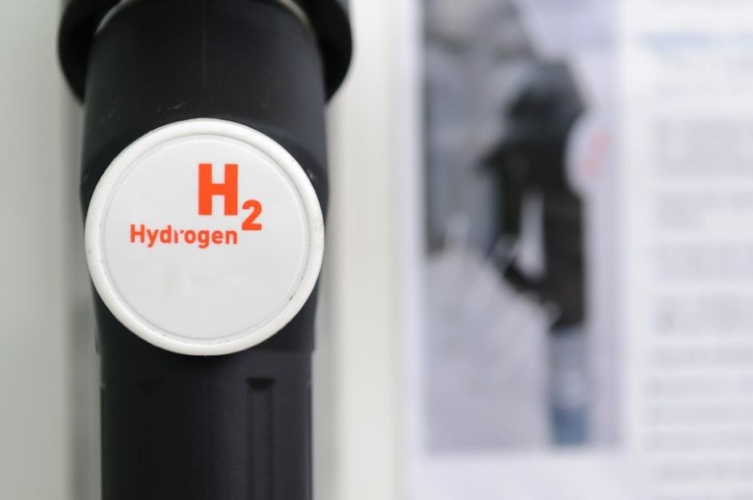UK’s first hydrogen town planned for 2030
The companies that run the UK’s gas grid have set out a blueprint to establish the country’s first hydrogen town by 2030.


Britain’s Hydrogen Network Plan, which is part of the Energy Networks Association’s Gas Goes Green programme, will see coordinated activity from all five of Britain’s gas network companies - Cadent, National Grid, Northern Gas Networks, SGN & Wales & West Utilities.
Acting as a roadmap towards the UK’s first hydrogen town, it lays out several objectives along the way, including being ready by 2023 to blend up to 20 per cent hydrogen into local gas grids and a hydrogen production target of 1GW by 2025.
Islay distillery chases net zero with hydrogen shot
Green sky thinking: the rise of hydrogen flight
“Building the UK’s first hydrogen town is not just about replacing the natural gas that most of our homes rely upon today; it’s about reducing our carbon emissions in a safe and secure way,” said Chris Train, the Energy Networks Association’s Gas Goes Green champion.
Register now to continue reading
Thanks for visiting The Engineer. You’ve now reached your monthly limit of news stories. Register for free to unlock unlimited access to all of our news coverage, as well as premium content including opinion, in-depth features and special reports.
Benefits of registering
-
In-depth insights and coverage of key emerging trends
-
Unrestricted access to special reports throughout the year
-
Daily technology news delivered straight to your inbox










National Gas receives funding to develop Gravitricity underground hydrogen storage system
One single rock salt mine - Winsford - has 23 <i>MILLION </i>cubic metres of void and even allowing for 10% of that void set aside for hazardous waste...